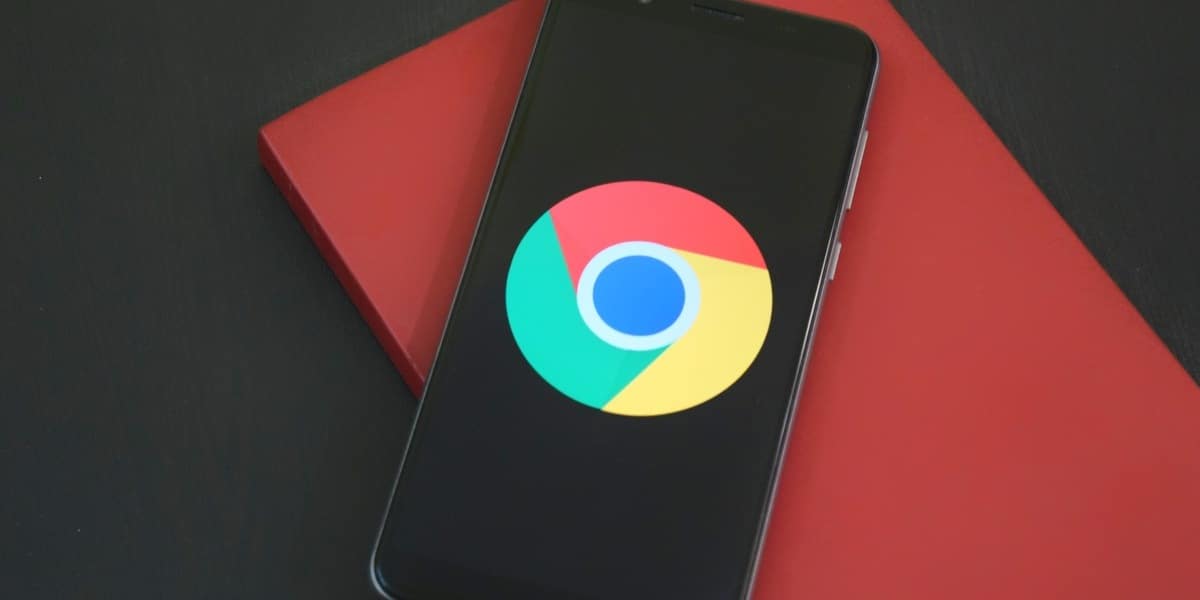
Google and update the BERT algorithm, and match the story
2 October 2020
How do I renew my old text with new content?
23 October 2020
E-mail footer design is often a reflection of brands. But don’t forget about this email item – it’s a key part of your entire email project.
The footers contain important information and lots of action. Subscribers often look for information about your brand in the footer of email. They also use the footer to learn how to contact you and manage your subscription preferences. The e-mail footer is a space for transparency, and all of this can tell about you and your brand a lot.
What is the e-mail footer?
The e-mail footer is located at the end of the e-mail message and is often called the e-mail signature. Usually this is the end of the e-mail in which you wish your greeting to the reader, and then give your name and other relevant information.
However, in our digital age, there are many different ways to maximize the impact of your e-mail signature.
What should I include in my email signature?
A footer signature is more than a signature at the end of an e-mail message. The purpose of the signatures is to provide the reader with important information about yourself. This typically includes your name and some form of contact information, such as:
- phone number
- e-mail address
- website
Why are e-mail footers so valuable?
Just like any content you add to your e-mail, the footer only helps to preserve the professionalism of your brand. There are some information that seems obvious when signing an email, such as the one in the previous section. E-mail footers typically go beyond this point and provide more detailed information that can help both the receiver and your business.
What elements should be included in the email footer?
Most e-mail service providers require certain information, such as the physical address of the company and a link to unsubscribe, to comply with anti-spam regulations, to be included in the footer. However, in addition to these basic components, you can include much more information in your e-mail footer. Here are some typical footer items:
Unsubscribe
While no one wants to lose subscribers, it’s important to include a clear and easy-to-find link to resign. This is a good business and prevents spam complaints. If you’ve ever decided to cancel of receiving brand emails, but you couldn’t find the right link, you understand the frustration. Build transparency and trust among readers by giving them a simple way to resign if they want to. You will also see a link that is required by the regulations to unsubscribe from e-mails.
Contact informations
Don’t forget to add contact information to the e-mail footer project. This may include:
- Link to your site. Try adding a linked logo or attach specific pages (your blog, service page, etc.). This allows readers to get more information at the touch of a button.
- Your mailing address. We’re in the digital age, but it’s good to know where messages come from around the world.
- Contact e-mail address. With this information, readers can reply to a message or contact questions or concerns.
- If you send commercial e-mails, this information is usually required by anti-spam laws.
Social media buttons
As secondary calls for action, social media buttons often are located in the footer where they do not distract from the message content and the main call to action. Include platforms which are most important to your brand, such as Facebook, Twitter, and Pinterest in the footer of your email.
Additional links
You may also want to include other links to the e-mail footer project:
- Tell a friend. Sometimes the beautifully designed e-mail does not render correctly after the upload, so many brands include a “Forward” link at the end of the e-mail. From the marketing side, this can encourage readers to pass on and help you track how many of them are doing this.
- Update your profile. If your email service provider offers a preference center where subscribers can update their profile and change things such as how often they send messages, the footer is the ideal place to add a link to your profile.
- Sign up. If your message is forwarded, it’s a good idea to give these new recipients a direct way to subscribe.
Small print
Although it is not the most exciting element of the e-mail footer design, it is one of the most important. Here’s what you need:
- Why are you receiving this email? Many readers subscribe to dozens of mailing lists. A permit reminder is a good way to tell them exactly why they received this message.
- Copyright. This does not have to be bold, but it is a good practice in the email footer to include the copyright mark (©), the year and the copyright holder (your company name).
- Privacy Policy. Some companies connect directly to their privacy policy so that you can get information about how they store your data. This is probably the most important thing for e-commerce companies.
- Details or limitations of the offer. Retailers often need to print small-size discounts or offers in an e-mail message and the footer ends with this information.
There is no reason to fear the using of footers. When you use your email concerns correctly, you can only improve any e-mail you send and strengthen the relationship between you and your customer.
Although the footer might seem irrelevant, you can optimize it to add some energy to your e-mail. They provide subscribers with more information about you and your brand, as well as ways to customize their preferences and improve their experience with you.
These e-mail footers are just the beginning of creating a highly efficient e-mail. Expand your knowledge with our tips on creating compelling copies and optimized headlines, footers and call to action for e-mail campaigns which will certainly work.


